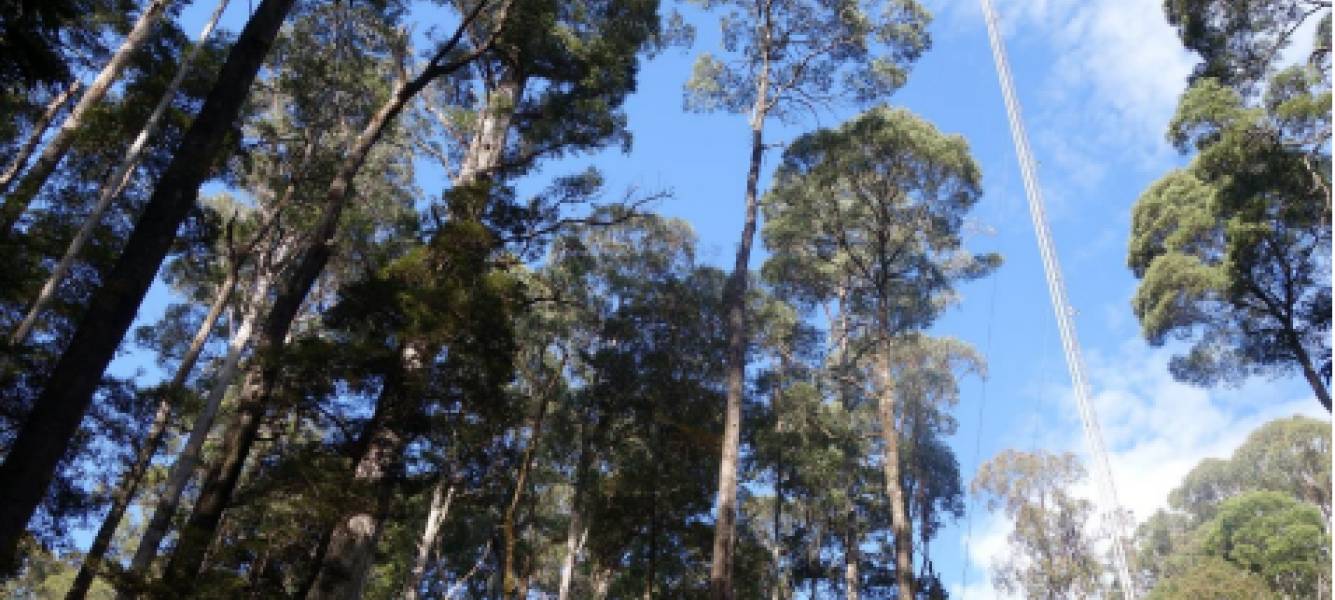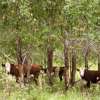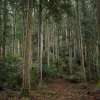
State of the Forests Report 2022 released
Posted 18 April 2023
Economic benefits and markets PFT
The Tasmanian Government has released the State of the Forests Report 2022. Undertaken by the independent Forest Practices Authority, the Report represents a comprehensive overview of Tasmania’s forests over the past five years.
It was submitted by the Forest Practices Authority in cooperation and consultation with the Department of Natural Resources and Environment Tasmania, Sustainable Timber Tasmania, the Department of State Growth, Private Forests Tasmania and the Australian Government Department of Agriculture Fisheries and Forestry.
The report covers the period 1 July 2016 to 30 June 2021 and follows the format previously agreed with the Australian Government for reporting on sustainability indicators under the Montreal Process and for the five yearly reviews of the Tasmanian Regional Forest Agreement Commonwealth of Australia (2017).
The report states that Tasmania maintains an extensive native forest estate of over three million hectares, and that 59 per cent of Tasmania's native forests, 99 per cent of its high-quality wilderness and 88 per cent of old growth forests are protected in the reserve network. It also states that 75 per cent of timber is now sourced from plantation.
Industry activity increased over the reporting period, including a significant rise in the value of sawn timber to the domestic housing and construction market.
As well as commercial timber harvesting, Tasmania’s forests continue to be maintained for multiple uses, including tourism, beekeeping and access to cultural heritage.
Share this Article
Latest Articles
-

17 September 2025
Celebrating excellence at the Tasmanian Timber Awards
-

17 September 2025
Forest Practices Authority Research Update Day
-

13 August 2025
Have you seen our Stems for CO2 Project signage on the Midlands Highway?
Archives
- ActivAcre hits milestone, calls for more farmers to get on board
- Napier's leading the way in sustainable forestry and carbon-neutral farming
- Sound science needed to assess carbon impacts of timber harvesting
- Newly appointed TFFPN Board of Directors
- Graduate Certificate of Forestry Scholarship
- Forestry Australia Mentoring Program 2025
- Forest Industry Roundtable planning for the long term
- Eagle Management Constraint Period extended
- Successful private native forest management celebrated
- $15 million investment in new ship loader to boost Bell Bay's forestry exports
- Standing with Tasmania's forestry industry: buy local
- TFPA: Tasmanian Freight Equalisation Scheme needs a ground-up review
- AFCA Gala Dinner celebrates industry excellence
- Fire permits now required Statewide
- Forest leaders hone skills in sustainable native regrowth management
- Tasmanian forests and the carbon market: Barriers and opportunities
- Spring is the time for fuel reduction burning
- Primed for Growth: A situation analysis of the Tasmanian Forest and Wood Products Sector
- Audit requirements cut for low-risk plantation projects
- Guidance and support for landowners after damaging winds
- Forestry Australia welcomes further definition of active forest management
- Farm & Forest Mapper Tool highlighted at Rural Youth Tasmania's Young Farmer of the Year competition
- Senate Select Committee inquiry into the Tasmanian Freight Equalisation Scheme
- Timberlink announces new wood composite products brand
- Newly developed protocol a vital tool for safeguarding forestry industry
- Red Hot Tips: Fire management for Tassie farmers
- Bioenergy: Fuelling industries with trees
- Harvesting trees: What you need to know
- Shelterbelts: How are they contributing to farm systems?
- Infill plantings and remnant vegetation: Why biodiversity depends on a thriving understory
- Plantation planning: The key to a successful plantation
- Exciting interactive forestry knowledge hub launched
- $450,000 farm forestry grant recipients revealed



